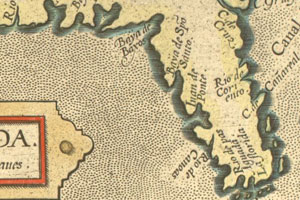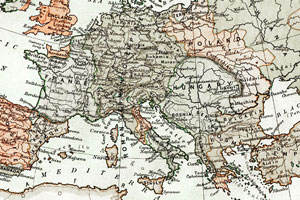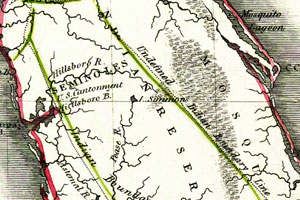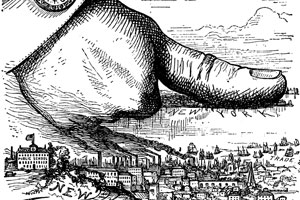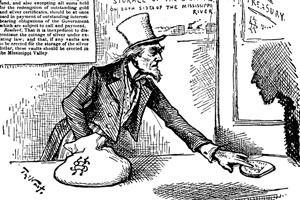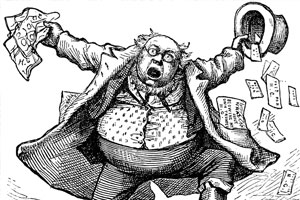Using Primary Sources from FCIT
by Roy Winkelman

The FCIT digital collections contain thousands of primary source documents, photos, illustrations, and maps. These “windows into the past” can engage students, help to develop critical thinking skills, and provide opportunities for students to construct knowledge.[1] The Library of Congress provides a helpful analysis tool for students and a collection of teacher’s guides to help make effective use of primary sources in the classroom.
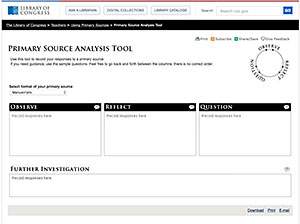
The Primary Source Analysis Tool is available both as a downloadable PDF and an online form that can be downloaded, printed, or emailed. Either version provides three columns for student response labeled: Observe, Reflect, and Question. The teacher’s guides for various types of primary sources suggest questions for students to respond to in each of the three columns.
Analyzing Photographs and Prints
The LOC Teacher’s Guide for Analyzing Photographs and Prints includes sample questions such as: What do you notice first? What people and objects are shown? How are they arranged? What is the physical setting? Why do you think this image was made? What’s happening in the image? When do you think it was made? Who do you think was the audience for this image?
This guide is appropriate for use with FCIT collections such as:
- Exploring Florida photo galleries, particularly the historic galleries including business, cities and towns, education, industry, organizations, and recreation.
- ClipPix ETC
- American History and Government illustrations from the ClipArt ETC site
- Carefully selected photographs from the Teacher’s Guide to the Holocaust may be appropriate for use in upper grades after review by the teacher.
Analyzing Maps
The LOC Teacher’s Guide for Analyzing Maps includes sample questions such as: What size and shape is the map? What graphical elements do you see? What on the map looks strange or unfamiliar? Describe anything that looks like it does not belong on a map. How do you think this map was made? How does it compare to current maps of this place? What does this map tell you about what the people who made it knew and what they didn’t?
This guide is appropriate for use with FCIT collections such as:
- Exploring Florida maps, especially the state, regional, county, and local categories
- Maps ETC
- The maps section of each of the iBooks in the NPS Hispanic Heritage Series
Analyzing Political Cartoons
The LOC Teacher’s Guide for Analyzing Political Cartoons includes sample questions such as: What do you see that looks different than it would in a photograph? What do you see that might refer to another work of art or literature? What do you see that might be a symbol? What issue do you think this cartoon is about? What do you think the cartoonist’s opinion on this issue is? What methods does the cartoonist use to persuade the audience?
The ClipArt ETC website includes over 300 political cartoons.
You may also wish to refer to my article, Using Political Cartoons in the Classroom.
Additional Guides
Additional teacher guides for using primary sources are available from the Library of Congress website.
References:
[1] Library of Congress, “Why Use Primary Sources?” Retrieved from http://www.loc.gov/teachers/usingprimarysources/whyuse.html




